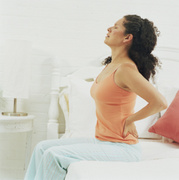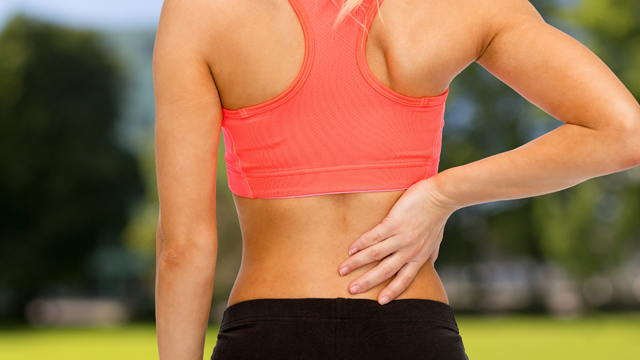
If you suffer from non-specific back pain, you may be more than a little fed up if your doctor suggests taking a painkiller, which does nothing to solve the root of the problem and only masks your symptoms. There are ways you can relieve your pain that are more effective, without the same risk of harmful side-effects.
Heat therapy is already used extensively in medicine in various applications. For instance, laser surgery uses heat. Heat is also used to destroy tumors in cancer patients. It is used in hydrotherapy as warm water eases the pain of arthritis and improves movement in patients with conditions like cerebral palsy.
The most basic type of heat therapy is that of a hot compress for an arthritic knee or sprained ankle. It can also be used for back pain.
The Spine Journal found that heat therapy significantly improved function in back pain sufferers. 100 people with back pain were split into four groups. Group one were given just heat therapy, group two were advised to exercise, group three had a combination of heat therapy and exercise and group four were given a booklet about back pain (they were the placebo group). They found that the greatest positive effect occurred in the group receiving both heat therapy and exercise and that this combination was 175% more effective than a self-care back pain booklet. 72% of patients in the heat therapy and exercise group recovered completely with all the function they had had prior to their pain. The study concluded
‘Combining continuous low-level heat wrap therapy with directional preference-based exercise during the treatment of acute low back pain significantly improves functional outcomes compared with either intervention alone or control.’
So, why does heat therapy help?
Heat overrides pain receptors in the skin, decreasing the amount of pain experienced. Heat stretches the tissue in the back and relieves discomfort. It also dilates blood vessels and allows more oxygen to flow to the affected area, which speeds up recovery.
Heat can be applied in the following ways:
1. Using a heat patch. These are available from pharmacies and can be stuck onto clothing. They emit heat for up to eight hours, providing relief for the sufferer. It is important not to put them directly onto the skin, as they can get very hot and might burn you. You can stick them onto the back of your T shirt.
2. Heat wraps can be stuck directly on the skin. Some heat wraps are braces that you can wear under your clothing.
3. Heat lotion can be massaged into the affected area. This isn’t as powerful as the patches or wraps but still releases heat and a massage can be soothing.
4. Lying on a hot water bottle can help.
5. Wheat bags can be heated on a radiator or in a microwave with some essential oil added to it and you can wrap this around the affected area or put it behind you while you are sitting in a chair.
6. Cloths soaked in warm water might also help. Don’t use boiling water, just comfortably warm.
Sources: Spine J. 2005 Jul-Aug;5(4):395-403, American Cancer Society - http://www.cancer.org/Treatment/TreatmentsandSideEffects/ComplementaryandAlternativeMedicine/ManualHealingandPhysicalTouch/heat-therapy
Joanna is a freelance health writer for The Mother magazine and Suite 101 with a column on infertility, http://infertility.suite101.com/. She is author of the book, 'Breast Milk: A Natural Immunisation,' and co-author of an educational resource on disabled parenting, in addition to running a charity for people damaged by vaccines or medical mistakes.





Add a CommentComments
There are no comments yet. Be the first one and get the conversation started!